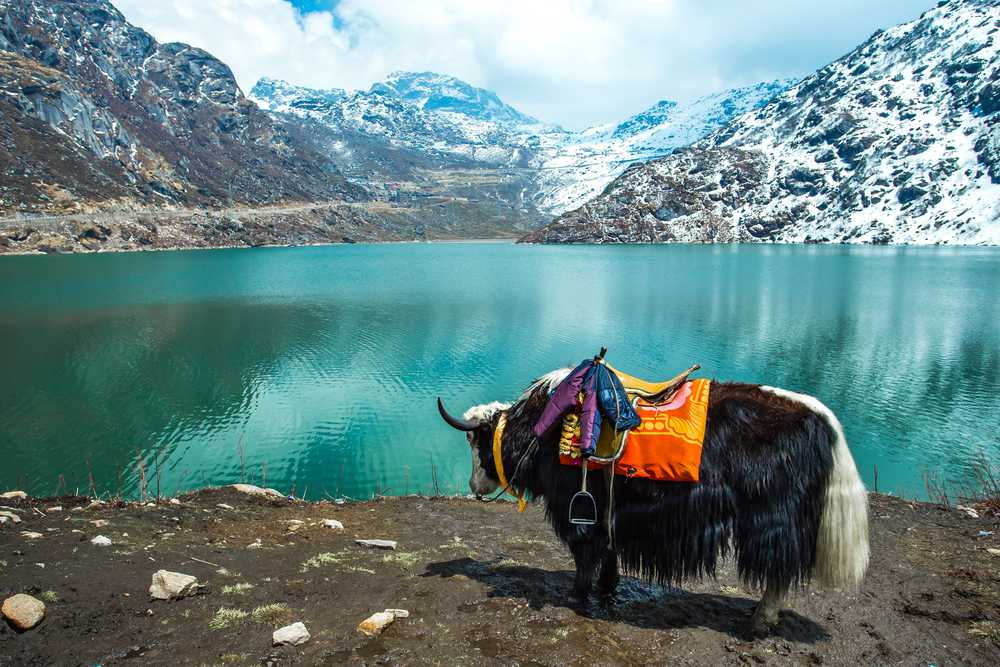

Kabi Longstok, located in the northern part of Sikkim near Gangtok, is steeped in rich cultural history. This place holds great historical significance as it was the location where the treaty of brotherhood between the Lepcha chief Te-Kung-Tek and the Bhutia chief Khye Bumsa was signed. This event is symbolically represented by a stone pillar that stands at the site.
Tourism in Kabi Longstok began to gain traction when Sikkim started opening up to domestic and international tourists alike. The increasing demand for experiential travel, coupled with Sikkim's integration into the Indian union in 1975, allowed for more significant investment in infrastructure and the promotion of the state's unique cultural and natural heritage. Kabi Longstok, being a place of historical importance and natural beauty, became part of the regional tourism offering.
In recent years, tourism trends in Kabi Longstok and Sikkim, in general, have evolved. There is a move towards sustainable and eco-friendly tourism practices, with a focus on preserving the natural landscape and the local culture. Tourists are increasingly participating in homestays, organic farming, and cultural immersion experiences to gain a deeper understanding of the local way of life.
Adventure tourism is also becoming more popular, with Kabi Longstok providing opportunities for trekking, bird watching, and mountain biking among the serene backdrop of Sikkim's Himalayan environment.
An interesting development in Kabi Longstok's tourism scene is the growth of heritage tourism. There is significant interest in the historical aspects of the treaty site, and efforts are being made to educate visitors about the region's past and the events that have shaped the state's cultural mosaic.
Additionally, the Government of Sikkim has been proactive in organizing and promoting local festivals and events, such as the Sikkim Red Panda Festival, which draw tourists to the region and help to spread awareness of its tourism potential while showcasing local talent and culture.
Looking ahead, Kabi Longstok is likely to focus on harnessing its historical and natural assets to offer a tourism experience that is respectful of the environment and enriching for both the visitor and the host community. The use of technology to enhance the visitor experience, without detracting from the region's natural and historic charms, appears to be the way forward for tourism in the area.